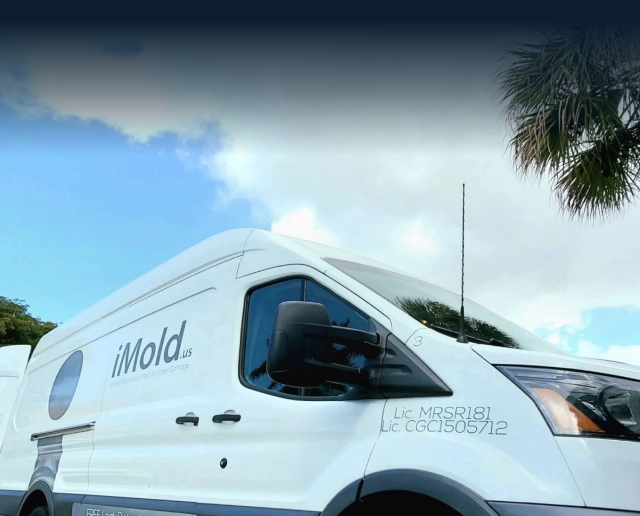It’s the most wonderful time of the year! Family, friends, the beautiful tree, and- mold?! A common problem around Christmastime is live Christmas tree mold. Many people jump headfirst into the holiday season, not knowing they are bringing mold spores into their homes. When a tree is cut down to sell at Christmastime, the tree typically remains stored in a moist environment before being sold. However, mold thrives in damp conditions and tends to grow on these conifers before ever bringing it home to your family.
At the American College of Allergy, Asthma & Immunology conference in Dallas, Texas, several immunologists stated their patients complained of spikes in mold-related allergy symptoms in the fall. The second peak began around the holiday season. Connecticut researchers have also found that live Christmas tree mold counts rose to five times the average level after only two weeks of being indoors. The Connecticut research team measured the mold spores count in homes with live Christmas trees over two weeks. After taking twelve mold spore counts in that period, the count was shown to reach as high as 5,000 spores per square meter by the fourteenth day. The typical spores count for indoor air is around 1,000 spores per meter or less. This increased spore count proves a problem for mold allergy sufferers during the holiday season.
While some researchers recommend people with mold sensitivity to only keep live Christmas trees for four to seven days, we know that puts a damper on the holiday décor. Artificial trees are always an option for mold allergy sufferers. However, artificial trees may also prove to be a problem if stored improperly in dust and mold-filled basements or attics. If you prefer the smell of fresh pine for Christmas morning, try some preventative techniques to limit the effect of allergens in the home.
Cut a Tree Yourself
As mentioned previously, pre-cut Christmas trees tend to grow mold across the body of the tree before you bring it into your home. The Christmas tree is slowly decaying as we decorate it in our home. This fact added to the moisture trapped inside during the weeks-long storing process gives presence to mold’s perfect growth environment.
However, cutting down your own Christmas tree limits the time the tree has to sit, decay, and grow mold. By bypassing the storage and transportation processes that usually take place over a couple of months, your tree is more likely to delay mold growth during the season. Cutting a tree with family and friends is a memorable experience, and can become a heartwarming family tradition.
Tend to The Tree before Bringing It Indoors
Once you bring your tree home, tend to it as you would produce from the market. We typically bring home our food, wash it, and then store it properly based on the type of produce. For your tree, before bringing it into the living room to decorate, keep it outside to clean off.
Begin by using a leaf blower to blow away any pollen or mold spores that are clinging to the outside of the trunk or pine needles. Next, spray your tree off with a high-powered hose. This spray will release any loose bark chips, pine needles, and mold from your tree. You can also spray your tree with a 1:20 bleach and water solution. After rinsing the debris out of the hidden crevices of your tree, let the tree dry thoroughly before bringing it indoors. Assisting in the process by using the leaf blower is another option as it may take several hours for the tree to fully air dry.
Keep Purified Air
Bringing in an air purifier to the same room as your Christmas tree will help reduce mold exposure in your home. The mold and allergens released by the tree can affect allergy sufferers indoors. This phenomenon intensifies when the HVAC system is running and traps the tree’s mold spores in the ventilation of your home. Keeping an air purified nearby will help lessen these effects.
Post-Holiday Cleanse
After the holiday season is over, you can put your mind, and sinuses, at ease with a professional cleaning. iMold can provide you with a professional-grade cleaning for your air ducts, carpets, and anywhere else that mold or mildew has taken over during the holiday rush. Remember, all holiday décor is prone to mold and mildew. Cardboard boxes of ornaments are typically in attics and garages where the dust and humidity are at their best for mold growth. iMold’s technicians have years of experience in giving you a fresh home, free of allergens, so you can still enjoy that live Christmas tree you so desire!

